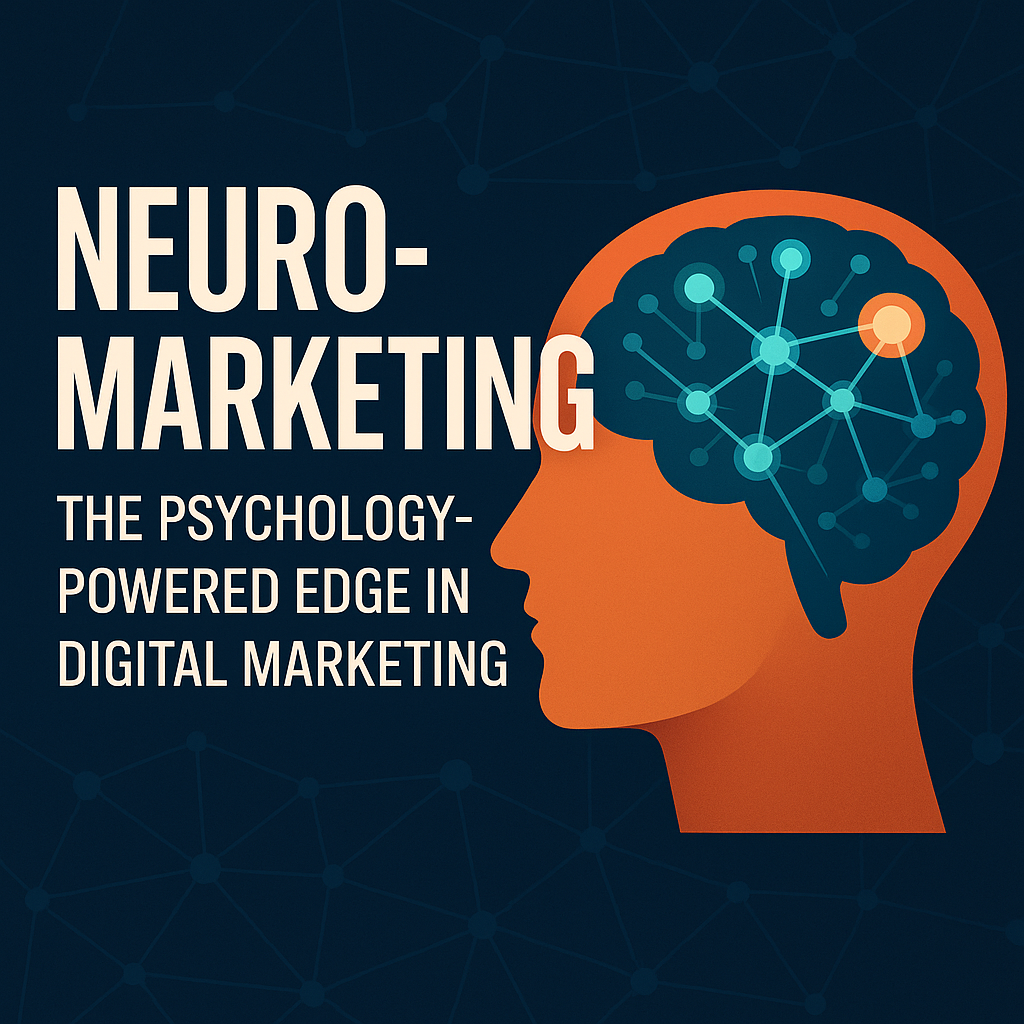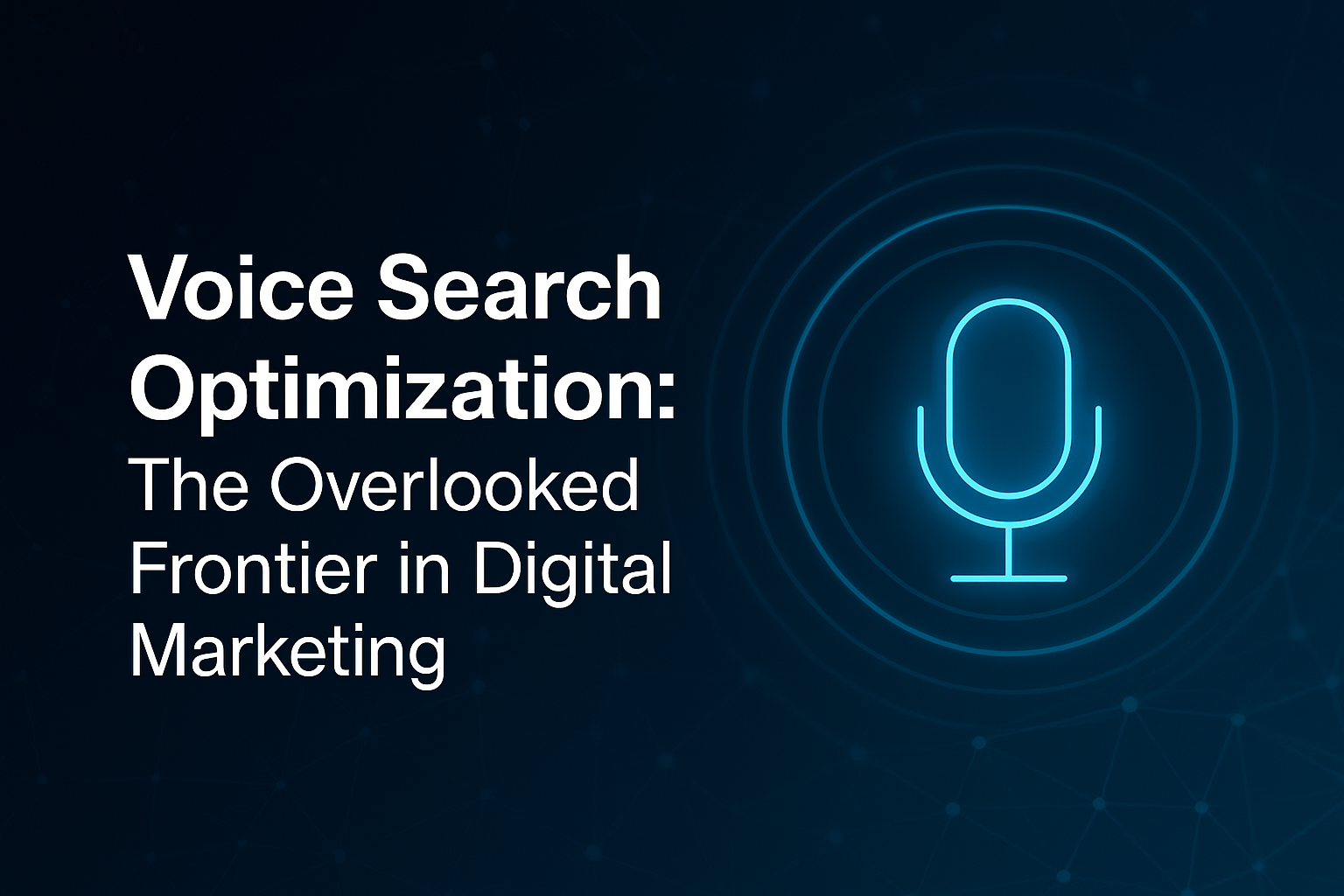
As digital spaces become more saturated, marketers are constantly searching for smarter ways to grab user attention and build lasting engagement. Enter Neuromarketing — a powerful and underutilised sub-niche that blends neuroscience and marketing to influence consumer behaviour at a deeper, subconscious level.
By understanding how the brain responds to marketing stimuli like colours, images, sounds, and content structure, brands can tailor campaigns that trigger emotional responses, enhance user experience, and increase conversion rates. It’s not just marketing — it’s brain science for business success.
What is Neuromarketing?
Neuromarketing involves the application of cognitive psychology, neuroscience, and behavioural economics to marketing strategies. It uses scientific methods such as eye tracking, facial coding, EEG (electroencephalography), and fMRI scans to analyse how people react to various elements in a marketing campaign.
Marketers use this data to refine messaging, optimise ad placements, enhance website usability, and build emotionally resonant content that speaks directly to the subconscious mind.
Why Neuromarketing is Important
- Emotion Drives Action: Studies show that 95% of purchasing decisions are subconscious. Neuromarketing helps tap into that instinctive behaviour.
- Better Ad Performance: Ads designed using neuromarketing principles often generate higher click-through and engagement rates.
- Improved User Experience: Heatmaps and eye-tracking reveal what users focus on, allowing brands to design more intuitive digital interfaces.
- Reduced Guesswork: With real neurological feedback, marketers can base decisions on actual brain responses — not just assumptions.
Key Strategies in Neuromarketing
1. Use of Colour Psychology
Different colours trigger different emotions. For example, blue builds trust (used by PayPal, Facebook), while red creates urgency (often used in sales buttons).
2. Emotionally Charged Storytelling
Narratives that evoke empathy, fear, joy, or nostalgia activate memory and decision-making centres in the brain, making your message stick.
3. Facial Recognition and Micro-Expressions
Using AI to read facial reactions in real time allows brands to see how consumers actually feel about a video ad or webpage.
4. Effective CTA Placement
Eye-tracking studies help determine the ideal position for buttons and calls to action, ensuring maximum visibility and higher conversions.
5. Social Proof and Scarcity Triggers
Showcasing what others are doing (“10 people booked this hotel today”) or limiting offers (“Only 3 items left”) triggers FOMO, a powerful decision-making driver.
6. Sound and Music Cues
Auditory branding (like Netflix’s “ta-dum” or McDonald’s jingle) helps create strong brand associations and emotional recall.
Practical Applications of Neuromarketing

- E-Commerce: Design checkout pages to minimise cognitive load and reduce cart abandonment.
- Video Marketing: Test emotional impact of content using biometric analysis before launching ads.
- Web Design: Create layouts that align with natural eye movement and visual hierarchy.
- Content Marketing: Structure articles and videos to maintain attention span and increase retention.
Brands Using Neuromarketing Successfully
- Coca-Cola: Uses EEG data to understand emotional responses to ads.
- Google: Tracks gaze and brain activity to improve UX and ad placement.
- Nike: Applies subconscious emotion in storytelling to inspire action.
Final Thoughts
Neuromarketing isn’t manipulation — it’s optimisation. It’s about understanding your audience better and communicating more effectively by aligning with how the human brain works. In a digital world overflowing with content, Neuromarketing gives you the edge to stand out, connect authentically, and convert efficiently.
This sub-niche represents the future of data-driven creativity — where science and storytelling meet to deliver unforgettable marketing experiences.


